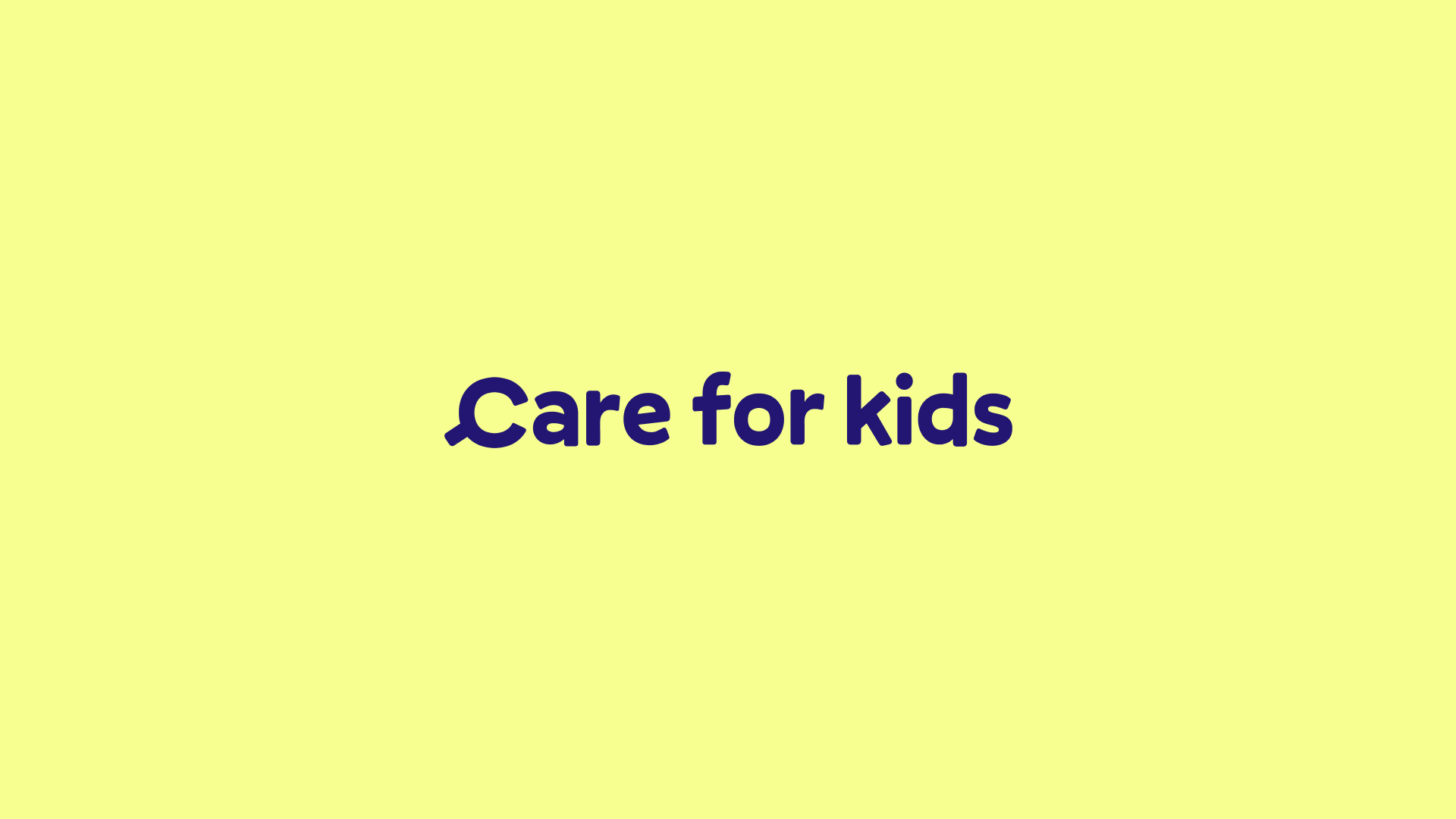With the current cost of living hikes, many families are feeling the pinch, especially when it comes to childcare. And while the rising costs are certainly impacting many families, they’re also putting pressure on childcare providers. Although many early education services have done their best to absorb these increasing expenses, a huge number of providers have had to resort to increasing their prices to compensate for the rising costs.
While childcare costs have risen, childcare providers are working with the state and federal governments to implement better subsidies and more affordability schemes to help parents keep their kids in childcare.
Why have childcare costs increased?
In 2023, the Australian Competition and Consumer Commission (ACCC) launched an investigation into the childcare industry. The inquiry examined a range of different factors, including childcare prices and the costs involved with operating a childcare centre.
The inquiry looked into four different types of childcare services, all of which are eligible for the Child Care Subsidy (CCS). This includes centre-based day care, family day care, out of school hours care (OOSH) and in home care.
The September 2023 Interim Report found that between 2018 and 2022, the costs for large providers offering centre-based day care grew faster than inflation, while costs for out of school hours care (OOSH) kept pace with inflation. The increasing costs were driven by several key factors, including labour, land, consumables and other expenses.
Labour costs
Labour is the most significant cost for both centre-based day care and OOSH providers. To provide high-quality care and early childhood educators, providers must rely on skilled and caring educators and teachers. Not to mention, labour costs have increased significantly since 2018.
The increase in labour costs has been driven by the shortage of early childhood education and care staff. In fact, staffing availability is one of the main challenges currently facing the childcare industry in Australia. In some cases, these shortages have forced providers to cap enrolments to ensure they meet the legal educator to children ratio requirements.
Many large childcare centres have to provide above-award wages and offer full-time positions to secure and retain high-quality staff. Labour costs also tend to be higher in remote areas due to staff shortages and vacancies in childcare services.
Land costs
For centre-based day care providers land was the second biggest expense, accounting for 15% of total costs. Land costs refer to all expenses associated with acquiring, leasing or licensing a property, including items like rent, licensing fees and interest charges.
Consumables
For OOSH providers, consumables were the second biggest expense. Consumables are the costs associated with items that are consumed in providing childcare services, like nappies, food and educational supplies.
Other expenses
Other increasing expenses facing childcare providers include finance and administrative expenses, regulatory compliance costs and other expenses.
Finance and administration are essential for maintaining a service’s daily operations and administering its business. With that said, these costs aren’t directly attributable to the operation of the service itself.
Regulatory compliance expenses are incurred for adhering to industry regulations (EG. licensing registered software to access the Child Care Subsidy System), other than expenses that can be attributed to other categories (EG. costs associated with meeting educator-to-child ratios will be attributable to labour).
Other expenses include any additional costs not covered in the above categories.
Childcare funding
The government recognised the challenges facing parents and the childcare sector as a whole. As a result, the 2023-2024 Federal Budget aimed to combat the rising cost of childcare by introducing several key changes to the childcare sector targeted at providing more support to both families and the early childhood education and care workforce.
Here’s a quick breakdown of how the government and childcare providers are working together to make childcare more affordable for families.
Changes to the Child Care Subsidy
The Child Care Subsidy (CCS) is the main payment offered by the government to help eligible families with the cost of childcare. This subsidy is paid directly to the childcare provider who passes the savings onto the family in the form of a fee reduction.
The amount of support your family receives depends on four key factors:
- Your combined family income,
- The hourly rate cap based on the type of childcare service,
- The hours of recognised work or activities you and your partner do, and
- The number of children in your care.
From July 2023, the government introduced a raft of changes, including increasing the maximum subsidy rate and updates to the annual cap that will see more families become eligible for the CCS.
It’s subsidies like these that play a key role in childcare affordability. According to the June 2023 Childcare Inquiry Interim Report, on average, government subsidies offset more than half of the childcare fees for eligible families.
In the December quarter of 2022, the national average subsidy was:
- $75.04 per child per day for centre-based day care,
- $61.31 per child per day for family day care,
- $240.73 per family per day for in home care, and
- $16.46 per child per session for out of school hours care (OOSH).
As part of the CCS, the government also offers the Additional Child Care Subsidy. This payment provides extra help with the cost of childcare for eligible families that meet one of the following criteria:
- An eligible grandparent getting an income support payment,
- Transitioning from certain income support payments to work,
- Experiencing temporary financial hardship, or
- Caring for a child who is vulnerable or at risk of harm, abuse or neglect.
More support for the early childhood education and care workforce
With significant labour costs being driven by nationwide early childhood education and care (ECEC) staffing shortages, the 2023-2024 Federal Budget aims to address this issue with a $1.6 billion investment into the sector. This boost includes funding to support professional development and training programs for educators. It’s hoped this budgeting will help to attract and retain high-quality staff to promote better outcomes for children and their development.
This funding will also support the implementation of the new and improved Early Years Learning Framework. Released in early 2023, the updated framework aims to improve the consistency and quality of early childhood education and care across Australia.
Additional support for families
In a bid to help new parents with the cost of raising their children, the government has also combined parental leave and dad and partner pay into a single payment, called the Parental Leave Pay. This new payment is available to both parents and will provide up to 26 weeks of leave at the national minimum wage, which currently works out to be $772.60 gross per week.
Other affordability initiatives
The government is also taking additional steps to help families with childcare, including the new Preschool Reform Agreement. Under this agreement, the Australian government will continue to provide a per-child contribution to states and territories. This works out to roughly $1,378 in 2023. This funding supports the delivery of 15 hours of preschool a week or 600 hours a year for all children in the year before they start school.
Find affordable childcare with Care for Kids
If you’re on the hunt for a high-quality, affordable childcare provider near you, check out the Care for Kids childcare search tool. Find and compare local childcare services to find the right care for your little one and your family.
































